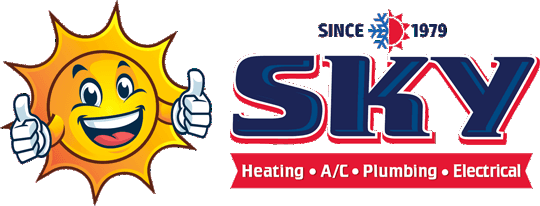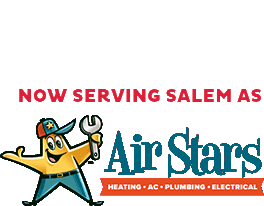Maintaining your heat pump can often go overlooked in the hubbub of everyday life and home maintenance; here is the ultimate heat pump maintenance checklist to make maintaining your heat pump simple. Heat pump maintenance can improve energy efficiency by as much as 25%, according to Energy.gov.1 It can also lower operating costs, save time on repairs, and enable your heat pump to last longer. Our comprehensive checklist will give you an idea of how to proceed with DIY maintenance and what to expect when a professional technician services your system.
DIY Preventative Maintenance
In between maintenance calls, it is important for you to do the following to protect your heat pump and save energy:
- Clean or change the air filter as recommended or, if you use the system more, at least once a month.
- Remove foliage and debris from around the outdoor unit. Shrubs should be trimmed back at least 18 inches on all sides.
- In winter, check for snow or ice buildup, as heat pumps need air flow to function properly.
- Inspect the outdoor coils occasionally; if they are dirty, follow the manufacturer’s suggestions for cleaning them.
- Clean the supply and return registers if they are dusty.
- Keep all vents open so air can flow unimpeded, increasing system efficiency.
Preventative Heat Pump Service
An HVAC specialist has in-depth knowledge about how your heat pump works. They are trained to handle a variety of issues and provide a range of services. When they visit to service your heat pump, you can expect them to:
- Lubricate mechanical components to reduce friction and resistance, which reduces wear and improves efficiency.
- Clear any obstructions from the condensate drain, and check for and fix any cracks or leaks.
- Test heat pump controls to verify proper startup and shutdown, while listening for problematic noise or vibration.
- Check the air filter for dirt, which can put strain on the compressor and other components, and replace if necessary.
- Clean the condenser coil and fan as well as check for stability, amp draw, and vibrations.
- Inspect belts, pulleys, and other components for alignment issues.
- Check blower wheels and motors for restricted airflow and whether the motor is drawing a proper amperage.
- Measure refrigerant levels and recharge the unit if necessary.
- Inspect the refrigeration metering device to ensure it’s working; if not, it can reduce efficiency, cooling ability, and operating life.
- Inspect electrical wiring and connections; damaged wire will be replaced, and loose connections tightened.
- Flush/clean the drain line to ensure it is clear and there are no residual clogs.
- Inspect ducts for dirt and obstructions, or any damage that can cause leakage or restrict airflow.
- Check the defrost assembly to verify the defrost timer is working.
- Test the crankcase heater to ensure it’s working and that no performance issues will damage the compressor.
- Monitor coil temperatures; if there are variations across a coil, different underlying issues may be present.
- Check safety panels and other features to ensure the unit operates and responds normally.
- Test thermostat sensors and verify the thermostat reflects current conditions in your space.
- Examine unit disconnect switches and test time delay to prevent a variety of electrical hazards.
- Check unit placement and elevation to prevent drainage problems, freezing, and other issues.
Contact Sky Heating
A heat pump technician should perform preventative maintenance at least once or twice a year. This allows them to inspect your heat pump, complete minor repairs, and make suggestions on improvements. The process allows you to save a great deal of money on major repairs. We offer affordable maintenance plans that include full coverage, discounts on repairs, and a six-month no breakdown guarantee. To learn more, call 541-275-2918 today.
Source:

